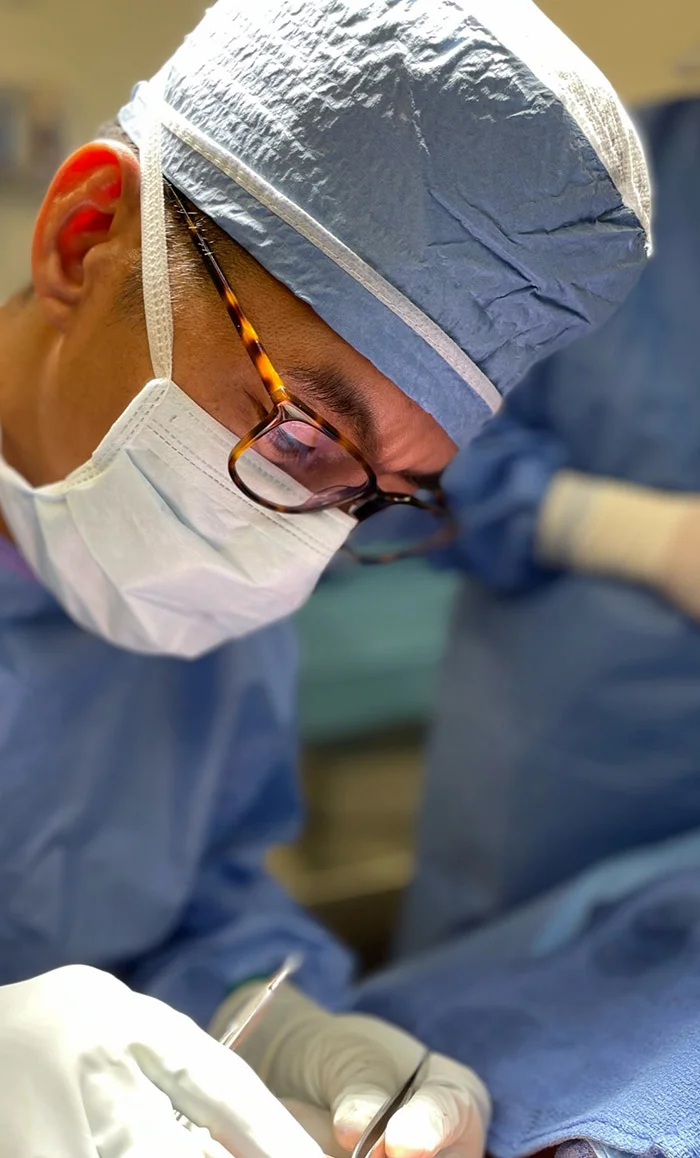
Sinonasal tumors are growths that occur in the nasal or sinus cavities. They can either be benign, or malignant (cancerous). Although they’re somewhat rare, finding the right treatment fast is essential.

Sinonasal tumors are growths that occur in the nasal or sinus cavities. They can either be benign, or malignant (cancerous). Although they’re somewhat rare, finding the right treatment fast is essential.
There are diverse kinds of sinonasal tumors:
Symptoms for sinonasal tumors can vary. Some patients have reported nasal obstruction, congestion, excessive discharge, headaches, pain, frequent nosebleeds. However, some patients might not have any symptoms at all. They are known as asymptomatic.
Usually, a CT scan or an MRI will be ordered to check the location of the tumor and to see its scope. A biopsy will be needed to check if the tumor is benign or malignant. In some cases, a benign or malignant sinus tumors can be mistaken for nasal polyps, which is why it’s essential for the patient to seek a sinus and nasal specialist, rather than a general ENT surgeon.
If the sinonasal tumors are malignant, this can be treated with radiation, chemotherapy, surgery, or a combination of some of these treatments. Benign sinonasal tumors are usually easy to surgically remove, however, it’s critical that your surgeon remove the tumor in its entirety while preserving critical structures. Remember that sinonasal tumors are often found near the eye, the brain, and major blood vessels, so it’s recommended to seek a sinus and nasal specialist with the skill to perform such a delicate surgery. Sinus and nasal specialists have the ability to perform a less invasive removal using endoscopic surgery; by using a small camera, they can operate without having to open up the entire cavity and preserving as much tissue as possible.
The surgical removal, or resection, will remove the tumor and some surrounding areas to make sure the tumor has been completely removed. The removed tissue will then be examined by your surgeon.
It’s the patient’s goal to have “negative tumor margins;” which is a result that shows that the tumor had not spread to the surrounding areas of the tumor. To get the best chance of a negative tumor margin, it’s essential that you work with a nasal and sinus specialist with extensive experience removing benign and malignant tumors. Contact My Houston Surgeons and you’ll get the chance to work with a trained specialist from your diagnosis all the way to your treatment.
The Doctors at My Houston Surgeons have either authored or reviewed and approved this content. Page last updated:


myConsultation
Contact us to schedule a personalized consultation
Our highly-skilled staff and doctors are dedicated to understanding your concerns and providing the best personalized treatment options available. Whether you seek cosmetic, reconstructive, or sinus surgery, our goal is to provide excellence in treatment and compassion in care.